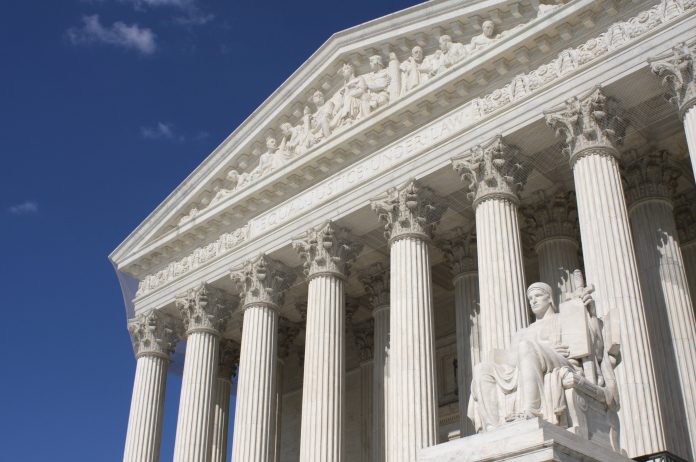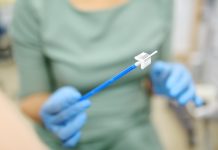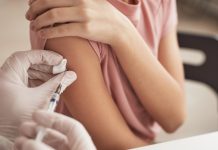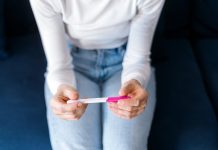The Trump administration issued a request to the Supreme Court for abortion pill access to undergo restrictions – meaning that patients will have to pickup the drug in person, during the COVID-19 crisis
The change to the medical procedure is the first abortion-related ruling to come from the new configuration of the Supreme Court, with Justice Amy Coney Barrett firmly tipping the bench to a conservative majority.
The justices granted a direct request from President Trump’s administration, which asked for reconsideration of a July order given by a federal judge. In that July decision, the Food and Drug Administration (FDA) rule that in-person visits were necessary to access medication was lifted – to decrease the possibility of further COVID-19 infections, especially in the healthcare sector.
However, on 12 January, the order was reinstated by a Supreme Court decision.
This means that patients seeking an abortion will now be legally required to travel to access their medication.
Planned Parenthood commented: “Forcing patients to travel unnecessarily to a health center and risk COVID-19 exposure in order to access safe medication abortion is dangerous and serves only to create more barriers to care, especially for people of color and people with low incomes.”
Justice Sonia Sotomayor, argued a dissent to the decision, suggesting that: “three-quarters of abortion patients have low incomes, making them more likely to rely on public transportation to get to a clinic to pick up their medication.”
Many of the conservative judges did not further explain their decision.
What is the abortion pill and how does it work?
There are actually two pills which work together, to perform a non-surgical abortion. The first one is mifepristone, and the second is misoprostol.
It is the mifepristone that patients will have to pickup in person, to begin the process.
Mifepristone blocks the hormone progesterone, which breaks down the lining of the uterus and prevents continuation of a pregnancy. The second, which is still available without in-person contact, is misoprostol. This drug is described as having the impact of a “heavy, crampy period”, causing the uterus to empty. The second drug must be taken immediately or 48 hours after the first.
In 2014, one in three pregnancies were ended via the abortion pill.
The American Civil Liberties Union (ACLU) commented: “The policy forces medication abortion patients to needlessly risk COVID-19 exposure by traveling to a health center just to pick up a pill and sign a form.”
Is this ruling permanent?
When the Biden administration comes into office, they can choose to not enforce the in-person pickup requirement for mifepristone. In addition, further Trump administration cuts to abortion access (the refusal of care rule, the cuts to Title X) could be theoretically reversed. The new Presidential stance on abortion access is currently unclear.











